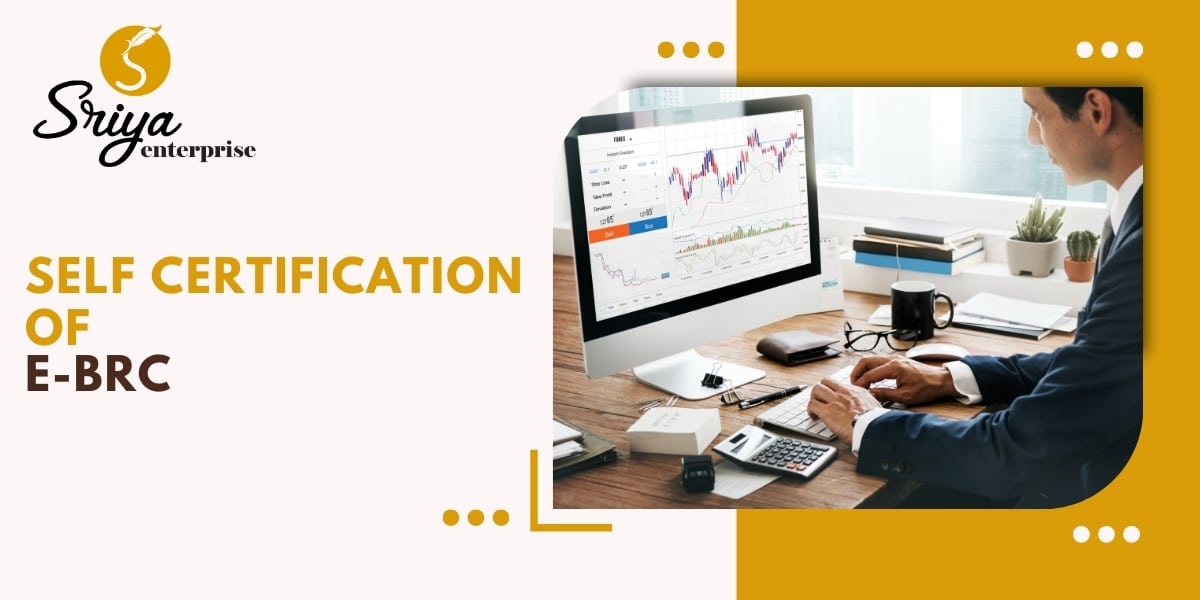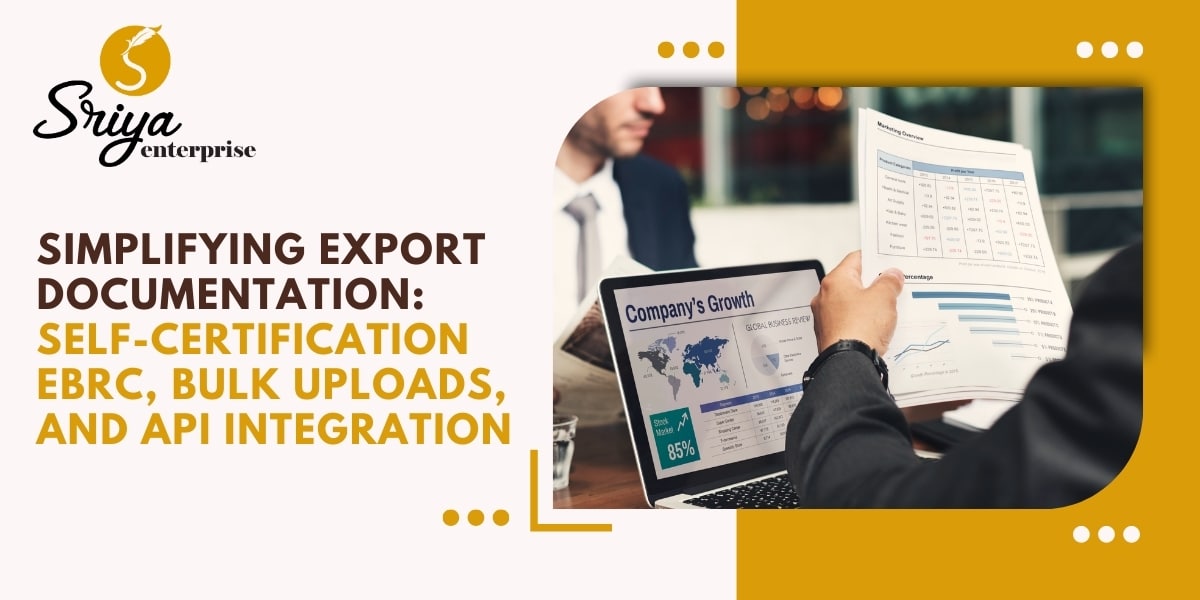Sriya Enterprise recently conducted an insightful Trade Finance and FEMA Workshop at SRF Limited in…

The Directorate General of Foreign Trade (DGFT) has introduced a pilot launch of the upgraded Electronic Bank Realisation Certificate (eBRC) system, enabling exporters to self-certify. The eBRC is a crucial document confirming an exporter’s receipt of foreign exchange, utilized for various purposes, including claiming benefits under the Foreign Trade Policy and filing income tax returns.
Under this enhanced eBRC system, banks will transmit electronic Inward Remittance Messages (IRMs) directly to DGFT. Exporters will then self-certify their eBRCs by matching them with corresponding shipping bills, SOFTEX, or invoice details. This innovative system aims to reduce transaction time and costs, alleviate the burden on bankers, and enhance the overall ease of doing business.
The pilot launch commenced on November 15, 2023, with each bank determining its cut-off date after completing User Acceptance Testing (UAT). IRMs dated on or after this specific cut-off date will be submitted to DGFT for exporters’ self-certification. For IRMs generated before this date, banks will follow the legacy eBRC process. Both the upgraded and legacy systems will operate concurrently until all banks transition to the new eBRC system. The DGFT Website will host a comprehensive list of banks along with their respective IRM cut-off dates for the reference of all stakeholders.
This DGFT notification offers substantial relief to exporters by reducing transaction costs and time. Previously, certain banks provided a similar facility through their portals, where exporters matched IRMs with shipping bills and invoices. However, in the new process, the matching is done on the DGFT portal, potentially eliminating the need for exporters to incur costs for eBRC issuance to banks.
This development is particularly beneficial for e-commerce, streamlining the bills realization process and potentially regulating the cost for eBRC, addressing concerns raised in the e-commerce proposal.
Advantages of revamped e-BRC process
- Exporters will be able to generate the e-BRCs based on self-declaration by providing only metadata of the shipping bills, Softex, or Invoices. No hard copies will be needed.
- Exporters do not have to pay e-BRC charges to the banks or visit them in person.
- Digital exchange of e-BRC generated with other regulatory agencies such as RBI, CBDT, GSTN, STPI, SEZs, etc. for utilization and post-issue verification/audit is envisioned.
- Exporters do not have to submit hard copies of export-related documents to the RBI, STPI/ SEZs units, or to the banks.
- The unburdening of banks from routine issuance of eBRCs.
- Banks to move towards post-issuance audit-based verification mechanism via self-devised Risk Management System.




